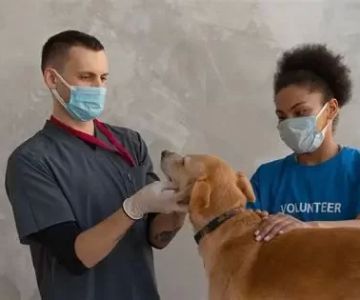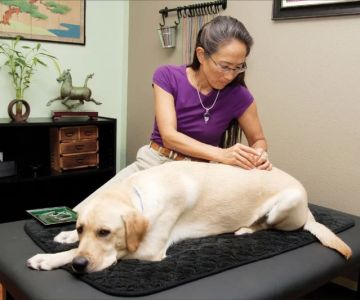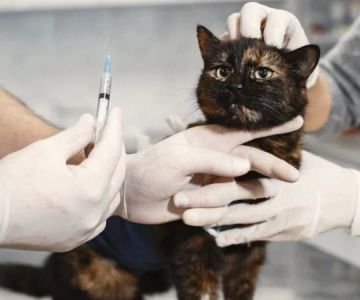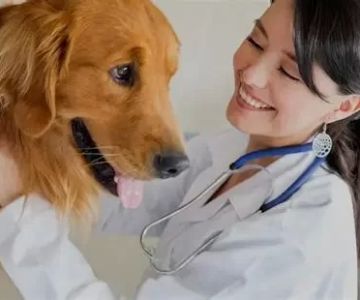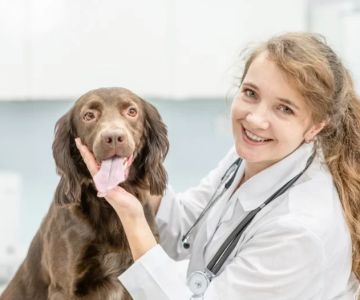What You Need to Know About the Entrance Exam for Veterinary School
- standardized‑tests‑for‑veterinary‑school‑admission
- gre‑vs‑alternatives‑in‑vet‑school‑entry
- exam‑timelines‑and‑application‑strategy
- real‑student‑experiences‑vet‑school‑entry
- preparation‑resources‑and‑study‑guides
- positioning‑yourself‑for‑vet‑school‑success
1. Understanding the Standardized Tests for Veterinary School Admission
If you’re wondering what is the entrance exam for veterinary school in the US, you’re not alone. Historically, the GRE (Graduate Record Examination) has been the primary exam accepted by most vet schools. It tests your verbal reasoning, quantitative reasoning, and analytical writing—skills essential for a demanding veterinary curriculum. However, not all schools require it anymore. Some have made the test optional or removed it entirely to focus on GPA, experience, and recommendation letters.
2. GRE or No GRE? How Schools Are Changing Requirements
The veterinary school landscape has shifted. While the GRE was once the gold standard, many schools—such as Tufts, UC Davis, and Oregon State—have dropped the requirement altogether. This shift makes the application process more holistic. Still, if you're applying to multiple programs, it's smart to check each school’s requirements early. For schools that still require it, preparing for the GRE remains crucial to your admission prospects.
3. Exam Timing: When and How to Schedule Your Veterinary Entrance Test
Understanding when to take the GRE is just as important as asking what is the entrance exam for veterinary school. Most students take the GRE 6–12 months before the VMCAS (Veterinary Medical College Application Service) deadline, usually in late summer or early fall. Taking the exam early gives you time to retake it if needed and strengthens your application’s competitiveness. You should also align your exam schedule with your coursework—especially organic chemistry or biology—since content overlap improves performance.
4. What Students Say: Real Experiences Navigating Entrance Exams
Jessica, a University of Florida DVM student, shared: “I took the GRE three times. It wasn’t my strongest point, but I balanced it with a high GPA and two years of animal shelter volunteering.” On the other hand, Marcus applied to four schools that no longer required the GRE. “I focused on writing an outstanding personal statement and getting solid recommendation letters from vets I shadowed. It worked.” Their stories reveal there’s no one-size-fits-all answer to what is the entrance exam for veterinary school—it depends on your strategy and target schools.
5. Best Resources to Prepare for the Veterinary Entrance Exam
If the GRE is part of your veterinary school application plan, preparation is key. Many students use platforms like Magoosh, Kaplan, and ETS official guides. Start at least 3 months before your scheduled test, focusing on your weakest areas first. Don’t ignore the writing section—many admissions committees value well-articulated thoughts. Flashcards, mock exams, and study groups also help boost confidence and scores. Don’t forget to check school-specific cutoffs—some programs list minimum scores for GRE sections.
6. Beyond the Test: How to Position Yourself for Vet School Success
Asking what is the entrance exam for veterinary school is just the beginning. Admission is also about demonstrating your passion for animal care, leadership, and resilience. Volunteering at animal shelters, shadowing licensed veterinarians, and pursuing animal science internships all help build a compelling application. A strong test score, combined with meaningful experience and a thoughtful essay, gives you a competitive edge.
If you're committed to becoming a vet, your entrance exam strategy is essential. Whether you plan to take the GRE or are applying to test-optional programs, start by understanding what is the entrance exam for veterinary school and how it aligns with your career goals. Explore our expert tools and admissions guidance—your journey into veterinary medicine starts here.




